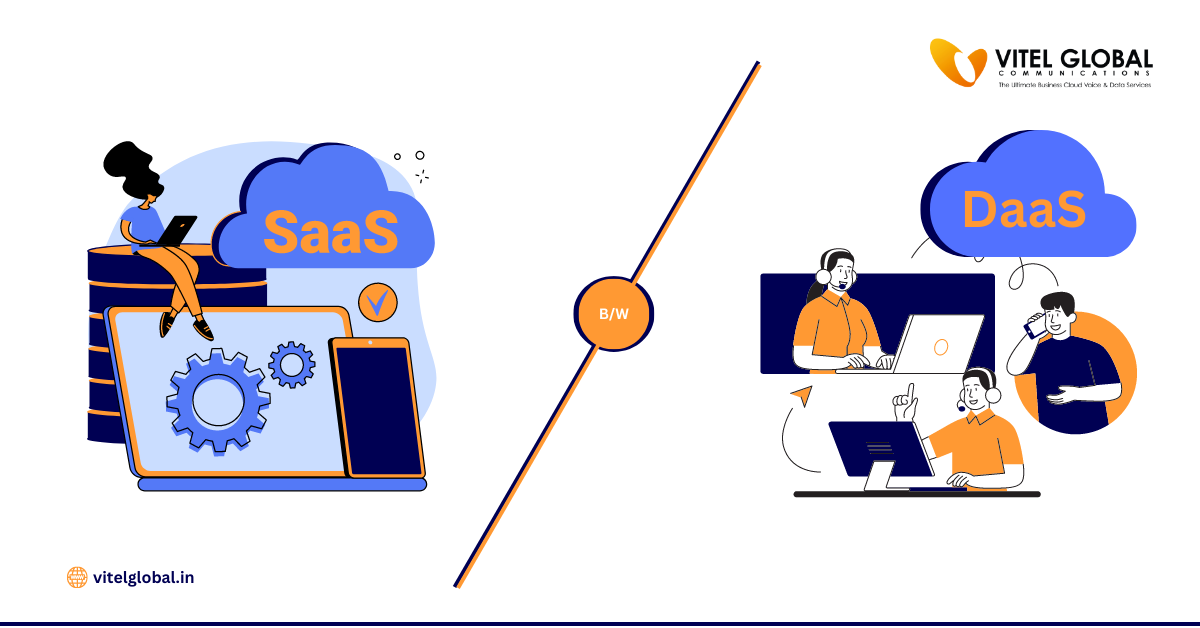Cloud calling solutions can be connected with the business processes and software used by organizations. Organizations face an enormous problem in protecting their sensitive data as a result of the rise of a fast-changing work environment characterized by remote and hybrid work methods. So now how flex workforces and these solutions combined to improve data security and give companies a strong defense against potential threats?
Many employees will continue working from home well into the future, even after the COVID-19 pandemic has passed and some return to the workplace. In fact, “work” is becoming less of a place we travel to and more of a thing we do. In light of this, security and IT teams must modify their approaches in order to manage this new Flex workforce at scale successfully. The cloud, general security infrastructures, and staff cybersecurity knowledge are some elements that contribute to the security of some settings.
Hybrid Work: Transforming the Workplace Environment
The workplace environment has significantly grown in recent years, driven mainly by technological advances and increasing attention to work-life balance. The COVID-19 pandemic accelerated these changes, pushing organizations worldwide to adopt remote and hybrid work models. As a result, the Flex workforce has become the new norm, with employees working from various locations, including homes, offices, or anywhere with an internet connection.
While Secure Hybrid Work Solutions offer numerous benefits, such as increased flexibility and reduced overhead costs, they also introduce unique challenges, particularly concerning data security. In a dispersed work environment, the traditional approach to securing data within the confines of an office perimeter is no longer adequate. Organizations must adapt to a dynamic and borderless workspace by implementing solutions that protect sensitive information from many threats.
Data Security in the Hybrid Workforce Era
In the hybrid workforce era, data security has become a paramount concern. With employees operating from various locations and devices, the challenge of protecting sensitive information has grown significantly. The need for effective security measures and strategies to safeguard data in this dynamic environment is more critical than ever. Protecting data in a hybrid workforce security environment is an intricate and multifaceted task. Several factors contribute to the complexity of this challenge.
Increased Attack Surface
A hybrid workforce model naturally expands the attack surface for potential security breaches. With employees accessing company resources from various devices, networks, and locations, the risk of unauthorized access to sensitive data grows significantly. It necessitates a robust and flexible approach to data protection.
Diverse Communication Channels
Communication is an important aspect of any organization, and the Flex workforce relies on various communication channels, including email, messaging apps, and phone calls. Ensuring the security of these channels is crucial, as they are often targeted by cybercriminals looking to exploit vulnerabilities.
Employee Mobility
In a hybrid work setting, employees frequently switch between different devices and networks, making it challenging to maintain consistent security protocols. Managing user identities and access across these variables becomes a Smart Choice for Data Security and Privacy.
Evolving Threat Landscape
Cyber threats are continually evolving, becoming more sophisticated and elusive. Organizations need to stay one step ahead, adopting security measures that can adapt to new threats and vulnerabilities.
Cloud Calling Solutions as a Data Security Enabler
These solutions, a fundamental component of modern unified communications, offer a unique opportunity to enhance data security in a flexible workforce. Here are some key ways in which Internet telecommunication platforms contribute to safeguarding sensitive data.
Encryption and Secure Transmission
These are used for encryption to protect voice data during transmission. This ensures that sensitive conversations remain confidential, even when employees make calls from unsecured networks. Encryption minimizes the risk of eavesdropping or man-in-the-middle attacks.
Centralized Management
These solutions provide a centralized management platform, allowing IT teams to maintain control over user access and permissions. This ensures that only authorized individuals can access sensitive communication channels and data, regardless of location.
Scalability and Flexibility
These models often involve a fluctuating number of remote and in-office employees. These solutions can scale up or down quickly, ensuring that security measures are applied consistently, even in a dynamic work environment.
Regular Updates and Maintenance
Cloud calling service providers routinely update and maintain their systems, patching vulnerabilities and protecting against the latest security threats. It helps organizations stay resilient in the face of evolving cyber risks.
Integration with Other Security Solutions
Other security features, including multi-factor authentication, identity and access management, and threat detection systems, can be integrated with cloud calling solutions. These linkages produce a multi-layered security strategy that is more effective at safeguarding data.
Compliance and Auditing
Many organizations must adhere to industry-specific regulations or compliance standards. These solutions often come with built-in compliance features that aid in meeting these requirements. They also offer auditing capabilities to track and monitor communication for regulatory purposes.
Implementing Cloud Calling Solutions Securely
While cloud-calling solutions can significantly enhance data security in a Flex workforce, their effectiveness depends on proper implementation. Here are some best practices to ensure a secure deployment.
Conduct a Security Assessment
Before deploying a cloud-calling solution, conduct a thorough security assessment to identify potential vulnerabilities and risks. This assessment should inform your security strategy and help you choose the solution for your organization’s needs.
Train Employees
Employee awareness is a critical component of any security strategy. Provide training and guidelines to your workforce on secure communication practices, including recognizing phishing attempts and safeguarding sensitive information during calls.
Strong Access Controls
Implement robust access controls and authentication mechanisms to ensure only authorized individuals can access the cloud calling platform. This includes user role management and multi-factor authentication.
Regular Updates and Patch Management
Stay up-to-date with software updates and patches provided by your cloud calling service provider. These updates often include important security fixes and improvements.
Data Backup and Disaster Recovery
Regularly back up your communication data and implement a disaster recovery plan to ensure business continuity in case of a security incident or data loss.
Continual Monitoring
Implement continuous monitoring and threat detection solutions to identify and respond to potential security incidents in real-time.
Unified Communications: Streamlining Business Phone Services and Collaboration
Conclusion
The hybrid workforce era demands a holistic approach to data security. Cloud calling solutions provide an essential piece of the puzzle, offering encryption, centralized management, scalability, and integration with other security measures. However, it’s crucial for organizations to implement these solutions securely, taking into account access controls, employee training, and ongoing monitoring.





